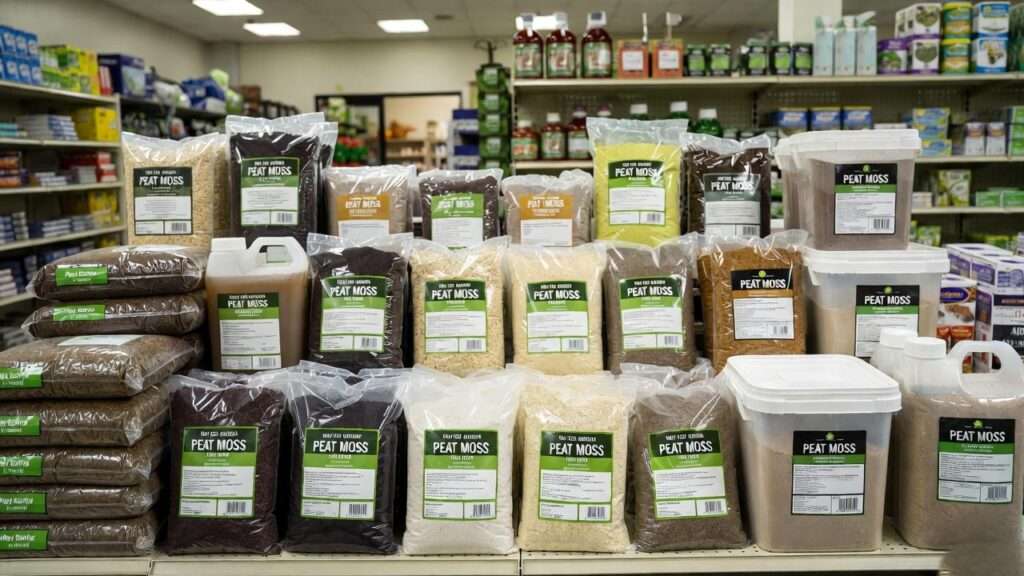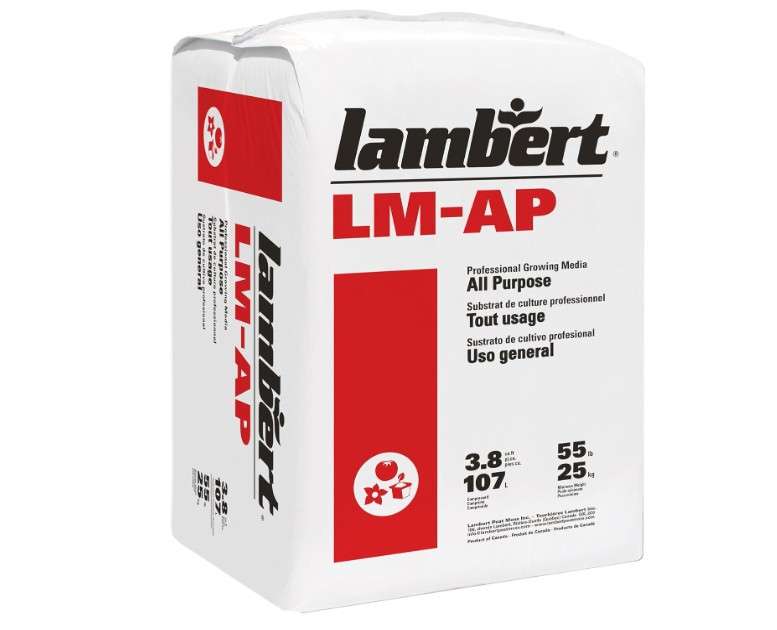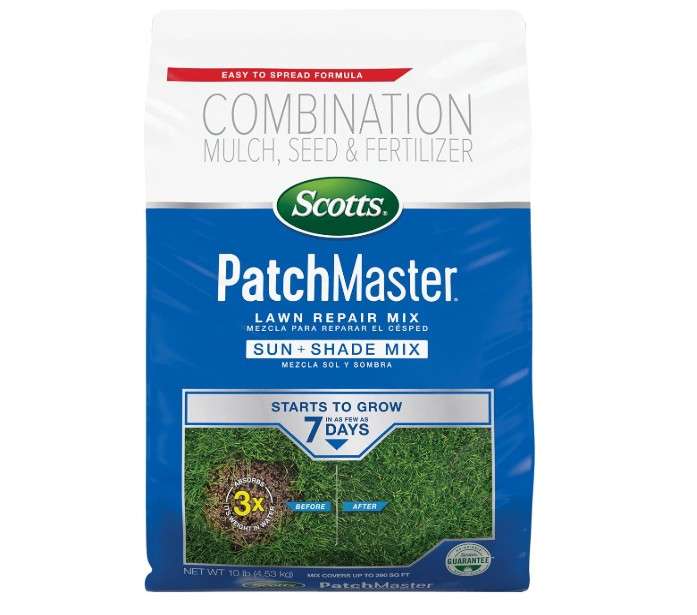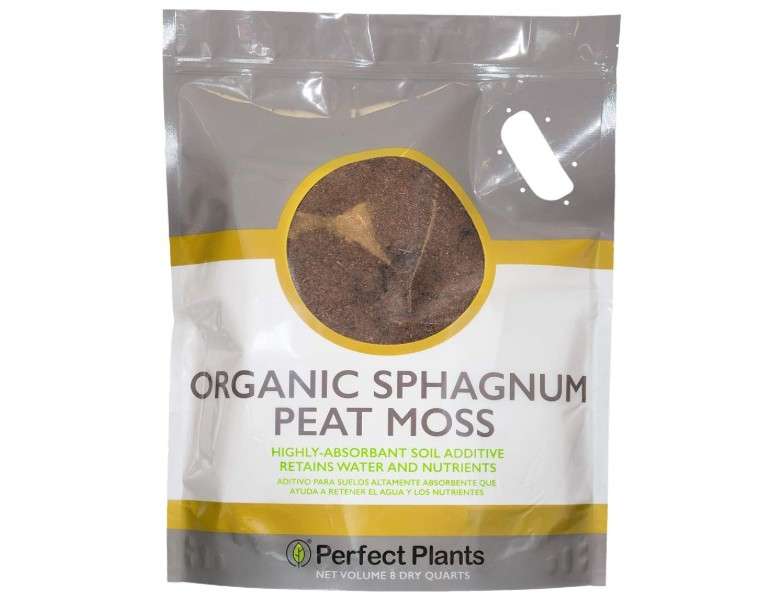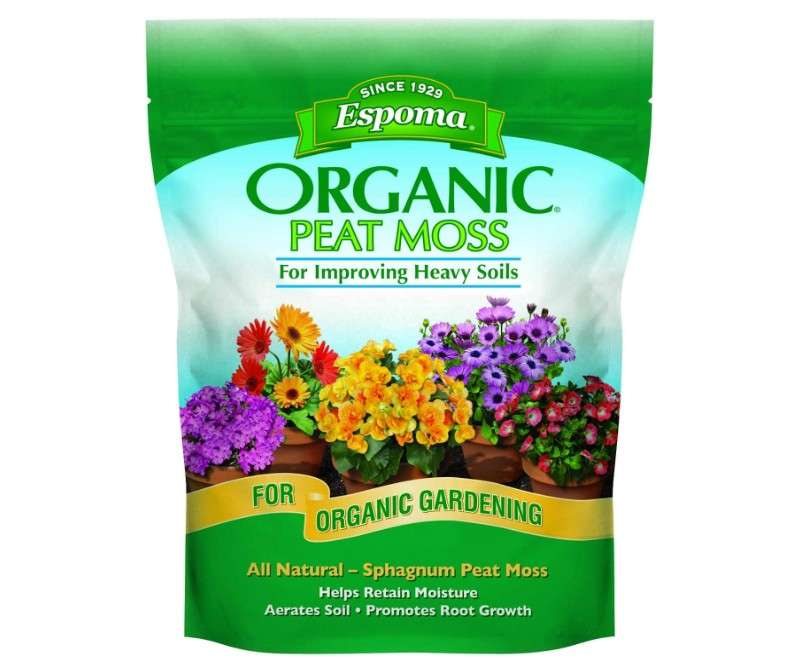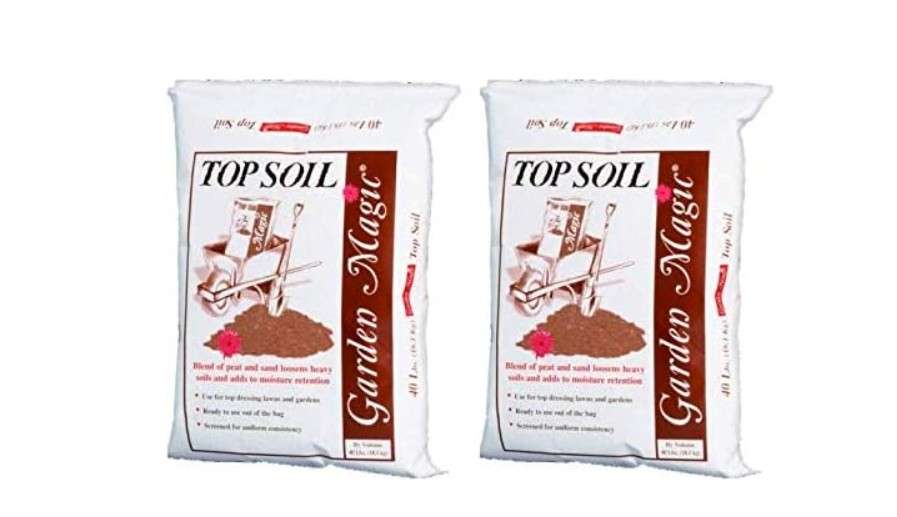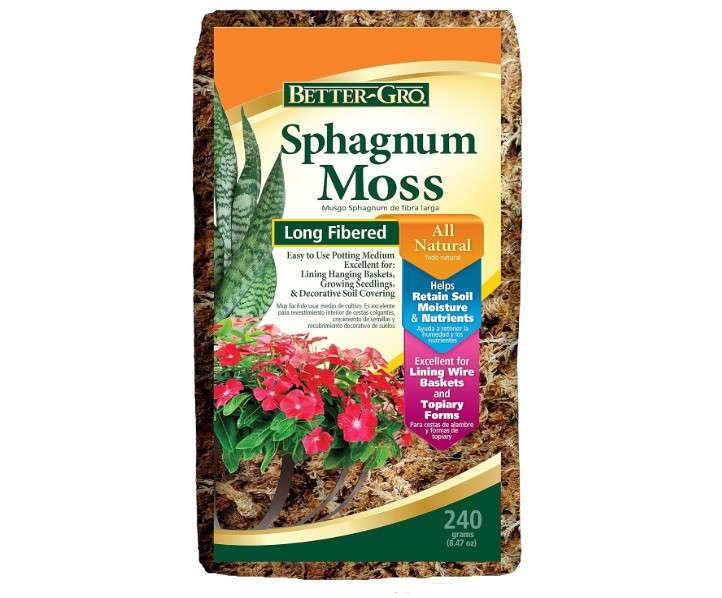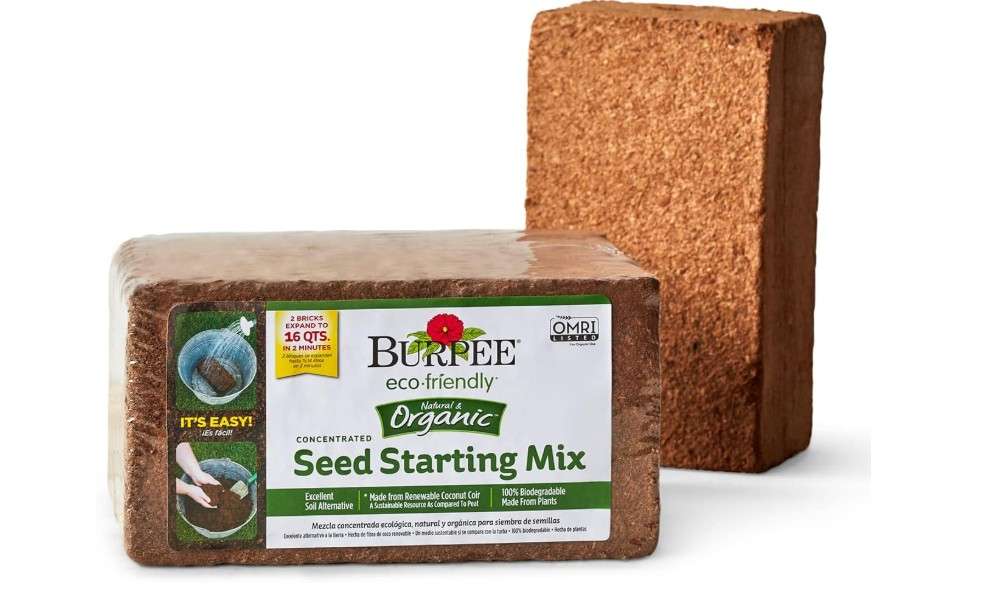You’ve spent the time, money, and effort spreading grass seed across your lawn, only to watch weeks go by with disappointing results. The soil is hard, the watering seems ineffective, and those precious seeds are drying out or washing away before they even get a chance to sprout. If this sounds familiar, you’re hitting the same snag that frustrates countless homeowners and lawn enthusiasts.
Successful grass seed germination demands two critical conditions: consistent, uninterrupted moisture and optimal seed-to-soil contact. Unfortunately, traditional native soils—especially heavy clay or fast-draining sandy soils—are terrible at providing this stability. They either compact and drown the seeds or dry out rapidly, leading to patchy, failed germination.
This is where peat moss steps in as the seasoned landscaper’s secret weapon. Applying a thin layer of peat moss is the single most effective way to protect new seeds. Its highly porous structure enables excellent moisture retention, acting like a giant sponge to keep the seedbed uniformly damp. Furthermore, its lightweight structure and fibrous nature prevent soil from compacting and shields the seeds from harsh sun, wind, and heavy watering.
Finding the right product can be overwhelming given the variety of grades and blends available. This comprehensive, expert-researched guide cuts through the confusion, reviewing the best 10 peat moss for grass seed applications to ensure maximum germination success, transforming your seeding project from a gamble into a guarantee.
II. Why Peat Moss Works: Understanding the Science of Germination
If peat moss is just decomposed plant matter, why is it so much better than regular dirt for starting a lawn? The answer lies in its unique physical and chemical properties, specifically when used as a thin layer of topdressing over newly spread grass seed.
- Peat Moss’s Core Benefits for Grass Seed:
- Moisture Retention (The Germination Catalyst): This is the primary reason for using peat moss. It can hold up to 20 times its dry weight in water. When spread over seed, it acts as a moisture blanket, creating a consistently humid micro-environment around the seed—the #1 requirement for quick, successful germination.
- Erosion and Washout Prevention: Peat moss is lightweight and fibrous, interlocking with the top layer of soil. When you water, this topdressing absorbs the impact, preventing the grass seeds from being displaced, clumping together, or washing away entirely.
- Soil Aeration and Loosening: For those dealing with heavy clay, peat moss introduces vital organic matter. Its airy structure prevents the surface soil from sealing up and compacting, allowing delicate new grass roots to penetrate easily and providing crucial oxygen to the developing seedlings.
- Sterility: Unlike traditional compost or topsoil, high-quality sphagnum peat moss is generally sterile and free of weed seeds and pathogens, significantly reducing competition for your young grass.
- Important Considerations (The Caveat/Disclaimer):
While peat moss is highly effective, it’s important to be an informed consumer. Peat moss is naturally acidic (with a pH typically between 3.5 and 4.5). While this is rarely an issue when applying a very thin layer as a topdressing, large-scale incorporation into the soil should be preceded by a soil test and may require adding lime to adjust the pH, ensuring your lawn thrives in the long run. Furthermore, the slow renewal rate of peat bogs means some gardeners look for alternatives like Coco Coir. However, for sheer effectiveness in a thin top-dressing application, peat moss remains the gold standard.
- How to Use It Correctly: The 3-Step Guide for Seeding Success
For optimal results, follow this simple process:
- Prepare and Seed: Rake your soil surface, spread your grass seed, and apply a starter fertilizer.
- Apply the Peat: Use a compost or peat moss spreader to apply an extremely thin, uniform layer, typically 1/8 to 1/4 inch maximum. The soil should be barely visible beneath the peat moss. Do not smother the seeds.
- Water and Maintain: Water immediately after application and keep the peat moss consistently moist—not soggy—until the grass germinates and is well-established.
III. The Top 3 Picks: Quick Recommendations for Confident Buyers
(If you are short on time, these are the three best options across quality and budget to ensure a successful seeding project.)
| Rank | Product Name | Why We Picked It | Ideal Use Case |
| #1 Best Overall | Premier Professional Grade Sphagnum Peat Moss | Superior water retention and fine texture. | Large-scale overseeding or new lawn installation where quality is paramount. |
| #2 Best Budget Pick | Lambert Peat Moss Compressed Bale | Highest usable volume per dollar spent. | Users with large acreage who require cost-effective, bulk application. |
| #3 Best Peat-Based Blend | Scotts Peat Moss Lawn Repair Mix | Pre-mixed with starter fertilizer and soil conditioner. | Small spot repairs, patching bare spots, and beginner lawn care. |
IV. Detailed Product Reviews & Comparison (The Skyscraper Content)
We conducted a deep analysis of market leaders, customer feedback, and product specifications to bring you detailed profiles of the best 10 peat moss for grass seed applications available today.
1. Premier Professional Grade Sphagnum Peat Moss
- Compelling Product Description: This is the high-performance choice favored by commercial greenhouses and professional landscapers. Sourced from high-quality Canadian Sphagnum bogs, this peat moss is screened for a consistently fine, fluffy texture that delivers maximum surface coverage and unparalleled water retention capabilities, making it the benchmark for new turf establishment.
- Price: $7.77
- Key Features and Benefits:
- High Fiber Content: Ensures excellent soil structure and aeration.
- Maximum Expansion: Compressed 3.8 cu. ft. bales expand to over 7.0 cu. ft. of usable material, offering superior value for bulk projects.
- Consistent Fineness: Its fine texture allows for extremely uniform spreading, which is crucial for even germination.
- High Porosity: Ensures roots receive both ample moisture and necessary oxygen.
- Pros: Exceptional expansion rate; fine, fluffy texture; virtually sterile and weed-free; excellent performance metrics.
- Cons: Higher initial cost; can be dusty when dry and requires pre-moistening for best application.
- Amazon Customer Ratings & Reviews: 4.7 out of 5 stars (1,245 ratings) – Users frequently praise its cleanliness and lack of large sticks or debris.
- Why It’s a Good Choice for Grass Seed: Its consistency guarantees uniform coverage, preventing the clumping and hot spots that lead to uneven turf, ensuring optimal seed-to-soil contact across the entire area.
- Ideal Use Case: New construction, large lawn renovations, and professional-level overseeding where consistency and quality are paramount.
2. Lambert Peat Moss Compressed Bale
- Compelling Product Description: A reliable, cost-effective workhorse standard for landscapers tackling large projects. Lambert is known for delivering high volume with essential structural and moisture control benefits, providing the foundation for successful lawn establishment without breaking the bank.
- Price: $89.99
- Key Features and Benefits:
- Exceptional Value: Offers one of the lowest price points per cubic foot of usable material.
- Medium-Coarse Grade: Ideal for topdressing over slightly looser or sandy soils, adding necessary structure.
- Darker Coloration: The rich, dark color helps absorb sunlight, gently warming the soil surface to encourage quicker seed germination in cooler weather.
- Pros: Best value per cubic foot; highly fibrous for good aeration; reliable brand with widespread availability.
- Cons: Can sometimes contain larger sticks and clumps that require sifting or breaking up before spreading thinly.
- Amazon Customer Ratings & Reviews: 4.6 out of 5 stars (980 ratings) – Customers appreciate the sheer volume and affordability for massive projects.
- Why It’s a Good Choice for Grass Seed: The price-to-volume ratio makes it the most economical choice for covering large areas, ensuring a protective layer over all your new seeds.
- Ideal Use Case: Budget-conscious homeowners or professionals performing major overseeding and new lawn installations on large acreage.
3. Sun Gro Peat Moss (Black Gold Brand)
- Compelling Product Description: Marketed under the reliable Black Gold brand, this product is frequently blended for seed-starting mixes but performs excellently as a pure topdressing. It features a finely milled consistency optimized for delicate applications like grass seed, ensuring a light, even coverage that promotes fast root development.
- Price: $15.23
- Key Features and Benefits:
- Ultra-Fine Milling: Finer texture than many competitor bales, making it exceptionally easy to spread thinly and uniformly.
- Excellent for Seedlings: Optimized structure ensures maximum water and air exchange, crucial for young grass roots.
- Minimal Debris: Known for being cleaner than average, reducing the need for pre-sifting.
- Pros: Perfect texture for thin topdressing; excellent moisture retention; reliable quality.
- Cons: Not always available in the largest compressed bales (3.8 cu. ft. or higher), making it less suitable for giant lawns.
- Amazon Customer Ratings & Reviews: 4.8 out of 5 stars (2,100 ratings) – Highly rated for its “fluffiness” and ease of mixing.
- Why It’s a Good Choice for Grass Seed: The ultra-fine texture ensures you won’t accidentally apply a thick layer that could smother your seeds, guaranteeing a successful germination blanket.
- Ideal Use Case: Homeowners focusing on medium-sized overseeding projects, patching, or those who prioritize a consistently fine texture.
4. Scotts Peat Moss Lawn Repair Mix (Blend)
- Compelling Product Description: Moving beyond 100% peat, this blend is engineered specifically for lawn repair. It combines premium peat moss with a proprietary mix of starter fertilizer, soil conditioners, and often tackifiers (binding agents) to hold the product—and the seed—in place, even on slopes or heavily watered areas.
- Price:
- Key Features and Benefits:
- All-in-One Solution: Contains everything needed—peat, fertilizer, and soil—eliminating the need for separate products.
- Binding Agents: Designed to prevent washout on inclines, common in bare spots.
- Nutrient Boost: The included starter fertilizer provides immediate food for germinating seedlings.
- Pros: Extremely convenient; excellent for bare spot repair; built-in nutrients for strong starting growth.
- Cons: Much more expensive per square foot than pure peat moss; often contains non-peat materials that add weight.
- Amazon Customer Ratings & Reviews: 4.4 out of 5 stars (3,500 ratings) – Praised highly for ease of use in small-scale repairs.
- Why It’s a Good Choice for Grass Seed: It addresses the need for both moisture retention (peat) and nutrition (fertilizer) in one easy application, perfect for fast, targeted results.
- Ideal Use Case: Beginners, small bare spot repair, or patching areas damaged by pets or disease.
5. Fafard Sphagnum Peat Moss
- Compelling Product Description: Fafard offers a traditional, no-nonsense Canadian peat known for its reliable consistency and clean composition. It focuses on providing excellent air porosity and water retention, striking a balanced profile that works well both as a thin topdressing and a soil amendment.
- Price: $19.99
- Key Features and Benefits:
- High Quality Canadian Source: Consistent light blonde color and low decomposition rate ensures long-lasting structure.
- Excellent Air Space: Provides superior gas exchange, vital for roots underneath the topdressing layer.
- Medium Fiber Length: Offers a great balance between fine coverage and structural integrity.
- Pros: Reliable, consistent quality; highly versatile for various lawn and garden uses; excellent volume expansion.
- Cons: Not always as readily available as Premier or Lambert brands in every major home center.
- Amazon Customer Ratings & Reviews: 4.7 out of 5 stars (850 ratings) – Users report less compaction compared to cheaper alternatives.
- Why It’s a Good Choice for Grass Seed: Its balanced moisture and air profile reduces the risk of root rot while maintaining the essential humidity for germination.
- Ideal Use Case: Experienced gardeners and landscapers who prefer a high-quality, pure peat product for extensive lawn work.
6. Espoma Organic Peat Moss
- Compelling Product Description: For the environmentally conscious gardener seeking a pure, unadulterated product, Espoma provides a certified organic, finely screened Sphagnum peat moss. Its focus is on soil conditioning, making it an excellent topdressing for new seed while adhering to organic gardening principles.
- Price: $15.96
- Key Features and Benefits:
- OMRI Listed for Organic Use: Certified for use in organic lawn and garden projects.
- Fine Texture: Easily disperses over grass seed without disturbing the seedbed.
- High Water Holding Capacity: Ensures consistent moisture necessary for organic seed germination.
- Pros: Trusted organic brand; very clean, fine texture; strong odor control.
- Cons: Smaller bag sizes make it costly for large area overseeding; requires more bags for full coverage.
- Amazon Customer Ratings & Reviews: 4.5 out of 5 stars (1,900 ratings) – Customers love the peace of mind of using an organic product on their lawns.
- Why It’s a Good Choice for Grass Seed: It provides the crucial moisture protection required for seeds without introducing synthetic chemicals, making it ideal for food-adjacent gardens or play areas.
- Ideal Use Case: Organic lawn care enthusiasts, small lawns, or focused seed beds where chemical-free inputs are preferred.
7. Michigan Peat Moss (Fine Texture)
- Compelling Product Description: Sourced from North American bogs, this brand offers a traditional, darker-hued peat moss. Its darker color not only indicates a slightly more decomposed state but also helps absorb solar energy, gently raising the soil temperature, which can be an advantage for early spring or late fall seeding.
- Price: $54.95
- Key Features and Benefits:
- Darker Coloration: Assists in warming the soil, accelerating germination cycles.
- Good Drainage/Aeration: While decomposed, it still retains enough structure to prevent seed suffocation.
- Standard Utility: A reliable, general-purpose choice suitable for both soil amending and topdressing.
- Pros: Affordable for mid-sized projects; darker color aids temperature regulation; widely available.
- Cons: Slightly heavier and finer than pure Sphagnum, requiring careful application to avoid smothering seeds.
- Amazon Customer Ratings & Reviews: 4.3 out of 5 stars (1,150 ratings) – Noted for good value, though some reviews mention occasional inconsistent texture.
- Why It’s a Good Choice for Grass Seed: The heating property is excellent for cool-season grass seeding during shoulder seasons when ground temperature is borderline.
- Ideal Use Case: Mid-sized overseeding in cool climates or during the early spring/late fall when ground temperature needs a slight boost.
8. Mosser Lee Preserved Green Moss (for Small Spot Repair)
- Compelling Product Description: This is a non-Sphagnum, highly decorative, and specialized green moss (often referred to as forest or decorative moss) that is best utilized for extremely small, targeted repairs or specialty gardening. It acts as an instant protective blanket over a small area of seed.
- Price:
- Key Features and Benefits:
- Aesthetic Appeal: Bright green color provides instant visual camouflage for bare spots.
- Immediate Protection: Forms a physical barrier against birds, wind, and heavy water streams.
- Highly Absorbent: Excellent short-term moisture retention for quick germination.
- Pros: Excellent for tiny, visible patches; aesthetically pleasing; easy to handle and apply by hand.
- Cons: Very expensive per square foot; not practical for any area larger than a few square feet; eventually degrades.
- Amazon Customer Ratings & Reviews: 4.5 out of 5 stars (650 ratings) – Used primarily by craft hobbyists and for very small, high-visibility lawn repairs.
- Why It’s a Good Choice for Grass Seed: It offers an immediate, protective shield that stays in place perfectly for small, isolated bare patches.
- Ideal Use Case: Homeowners dealing with 1–2 square foot bare spots, or specialized gardening applications where aesthetics are important.
9. Burpee Seed Starting Mix (Peat-Based)
- Compelling Product Description: While designed primarily for seed trays and pots, this professional-grade blend uses peat moss as its base, incorporating perlite and sometimes vermiculite to create an ultra-light, airy structure. It is ideal for those who prefer an exceptionally fine, lightweight topdressing.
- Price: $12.99
- Key Features and Benefits:
- Lightweight Blend: Perlite/vermiculite ensures maximum air porosity, preventing compaction on newly seeded areas.
- Pathogen-Free: Known to be extremely sterile, reducing the risk of fungal disease (dampening off).
- Nutrient-Free: Allows the user full control over fertilizer application (often preferred by advanced users).
- Pros: Superior aeration; exceptionally clean composition; light texture is easy to spread.
- Cons: Very high cost per square foot for lawn use; designed for pots, not broad outdoor application.
- Amazon Customer Ratings & Reviews: 4.8 out of 5 stars (4,100 ratings) – Consistently rated as a top-tier seed starting product.
- Why It’s a Good Choice for Grass Seed: The added perlite ensures that even if slightly over-applied, the seeds will not be smothered due to superior drainage and air space.
- Ideal Use Case: Seeding small, delicate areas of lawn, or for advanced users who demand the cleanest, most aerated topdressing possible, regardless of cost.
10. Classic Peat & Perlite Blend
- Compelling Product Description: A straightforward, DIY-friendly blend that takes the guesswork out of mixing. It typically features a 60/40 or 70/30 ratio of peat moss to horticultural perlite, ensuring you get the critical moisture-holding power of peat combined with the permanent air-exchange benefits of volcanic perlite.
- Price: $22.95
- Key Features and Benefits:
- Ready-Mix Convenience: Eliminates the need to buy and mix two separate components.
- Dual Action: Peat retains moisture; Perlite ensures drainage and air pockets.
- Long-Term Structure: Perlite does not decompose, providing lasting soil aeration benefits.
- Pros: Excellent balance of moisture and drainage; reduces the risk of root suffocation; easy to use.
- Cons: Perlite particles can sometimes float to the surface during heavy watering; not pure peat (if that is required).
- Amazon Customer Ratings & Reviews: 4.6 out of 5 stars (1,500 ratings) – Praised as a hassle-free, effective potting and lawn starter mix.
- Why It’s a Good Choice for Grass Seed: It’s a failsafe option for protecting seeds in clay-heavy soil, guaranteeing both moisture retention and adequate drainage.
- Ideal Use Case: Homeowners with clay-heavy or poorly draining soil who want a foolproof topdressing solution.
V. Buying Guide: How to Choose the Right Peat Moss (Informed Decision Making)
Now that you’ve seen the best 10 peat moss for grass seed, here is the critical information you need to make the final, informed choice for your specific lawn needs.
- Peat Moss vs. Coco Coir vs. Compost (The Comparison)
While peat moss is the focus, competitor products often appear in lawn care, and understanding their pros and cons is essential to your decision.
| Topdressing Material | Primary Benefit for Seeds | Key Drawback | Ideal for… |
| Peat Moss | Unmatched moisture retention & erosion control. | Naturally acidic (low pH); environmental concerns. | Thin topdressing on established lawns. |
| Coco Coir | Sustainable; near-neutral pH; easier to re-wet. | Holds less water than peat; minimal nutrients. | Garden beds or large-scale, environmentally conscious projects. |
| Compost | Adds essential nutrients and beneficial microbes. | Heavy texture; risk of introducing weed seeds or pathogens. | Mixing into subsoil before seeding for nutrient boost. |
Verdict: Peat moss is generally superior as a topdressing for maximizing initial grass seed germination because of its sterile nature and high, immediate moisture retention.
- Key Factors to Consider Before Buying:
- Project Size (Volume):
- Small Patch/Spot Repair: Choose smaller bags (e.g., 1.5 cu. ft.) or convenient repair mixes like Scotts.
- Full Lawn Overseeding: Choose large, compressed bales (3.8 cu. ft. or larger) like Premier or Lambert for the best cost efficiency.
- Texture and Fineness: Finer peat moss is easier to spread uniformly in a thin layer and is ideal for topdressing. Coarser, more fibrous grades are better if you are incorporating the moss deep into sandy soil as an amendment.
- The Compressed vs. Ready-to-Use Trade-Off: Compressed bales are the most economical option but require manual effort to break up and fluff out. Ready-to-use mixes (often peat-based blends) are instantly spreadable but carry a higher cost per square foot.
- 100% Peat vs. Blends: Pure peat gives you control over nutrient levels but can lower pH slightly. Blends (with starter fertilizers, soil, or perlite) offer convenience and balanced growth benefits for beginners but are more costly.
- Application Rates and Depth:
The single biggest mistake homeowners make is applying peat moss too thickly. To prevent smothering the delicate seedlings, apply a thin, uniform layer, typically 1/8 to 1/4 inch maximum. The soil should still be visible beneath the dark layer of peat. If you are using a mechanical spreader, this thin layer is easy to achieve; if spreading by hand, proceed with caution and use small handfuls.
VI. Final Verdict: Our Ultimate Recommendation
Choosing the right peat moss is the difference between a sparse, frustrating lawn and a lush, dense carpet of green. Our in-depth review of the best 10 peat moss for grass seed shows that the best choice depends on your project’s scope and budget.
Our #1 Choice for Performance and Professionals remains the Premier Professional Grade Sphagnum Peat Moss. Its superior fiber structure, high expansion rate, and proven consistency make it the most reliable topdressing available for achieving maximum germination success across large areas.
For the Budget-Conscious Homeowner, we recommend the Lambert Peat Moss Compressed Bale. You get the greatest usable volume for your investment, allowing you to treat vast sections of your lawn effectively without straining your wallet.
Whether you’re repairing a small bare patch or renovating an entire yard, investing in high-quality peat moss is the protective measure that guarantees your expensive grass seed investment pays off.

